The origins of the Colours can be traced back to banners which were used as a rallying point for a military force, or to denote the location of a commander or the force’s headquarters, in the field of battle.
Banners in feudal times, in addition to being distinguishable by a colour, often carried the family coat of arms of the Colonel who had raised the regiment.
Although their use in modern times is now confined to ceremonial activities, the Colours are one of the proudest possessions of a British Army regiment, and they are treated with special veneration.
The present day Trooping the Colour ceremony ritualises the act of parading the Colour in front of soldiers at close quarters to aid recognition in the field of battle.
Regulations for the use of Colours within the British Army were first introduced at the end of the 17th Century. By the mid-18th Century the use of a personal coat of arms was banned, and the number of Colours reduced to the Sovereign’s Colour and the Regimental Colour, for most regiments. From this time it was ordered that the Sovereign’s Colour should be a form of the Union flag while the Regimental Colour was allowed to bear the colour of the regimental facings.
Battle Honours first appeared on Colours from 1768 and were displayed on either or both Colours until 1844. From 1844 until 1919 Battle Honours were only permitted to be displayed on the Regimental Colour. However, following the proliferation in Battle Honours, a regiment is now allowed to bear honours from the First and Second World Wars on the Sovereign's Colour.
The Parachute Regiment Colours
The badge borne on the Regimental Colour differs slightly from the cap badge worn by The Parachute Regiment. The reason is the latter, designed in the stress of war, does not completely conform with the rules of heraldry, and cannot be displayed on the Colours exactly in the form it is worn by the regiment.
The first Colours of The Parachute Regiment were presented to the 1st, 2nd and 3rd Battalions by His Majesty King George VI on The Queen’s Parade, Aldershot on 19 July 1950. At this stage no Battle Honours were displayed on the Regimental Colour as the honours for the Second World War had not been decided.
This was followed in the 1950s by Colours presentations to seven territorial parachute battalions of 16th Airborne Division (TA).
On 15 July 1974 Her Majesty Queen Elizabeth II presented the second Colours to all three regular battalions of The Parachute Regiment and the first colours to the 4th (Volunteer) Battalion.
On 19 June 1998 replacement colours were again presented to the three regular battalions at Aldershot.
The last presentation of the Colours to The Parachute Regiment's reserve battalion (4 PARA) occurred on 30 July 2004 at Hardwick Hall.
The most recent presentation of Colours to the regular battalions of the Regiment took place on 13 July 2021 at Merville Barracks, Colchester. New Colours were presented by the Regiment's Colonel in Chief, HRH The Prince of Wales, almost 50 years to the day after his first military parachute jump. The Prince was accompanied at the ceremony by The Parachute Regiment’s Colonel Commandant, Lieutenant General Sir John Lorimer. It was Sir John’s final event in the role.
Compiled by Harvey Grenville
Source:
Images kindly supplied by Richard Watt
Read More
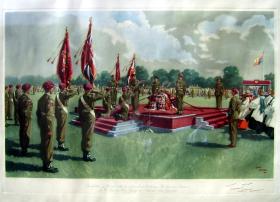
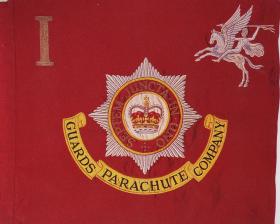
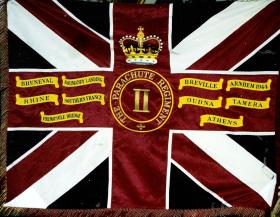
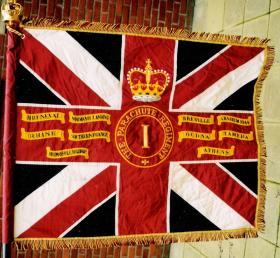
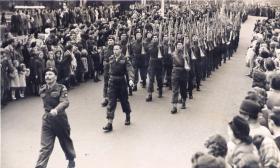
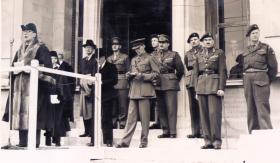
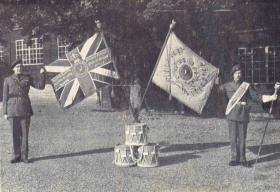
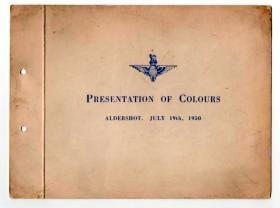
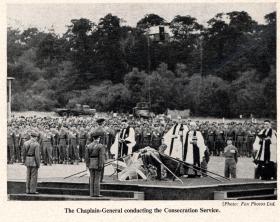
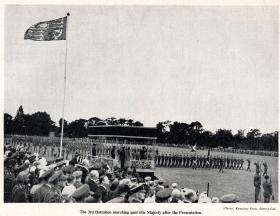
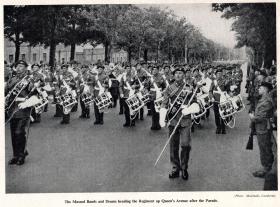
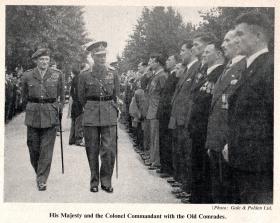
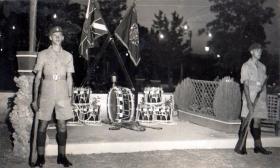
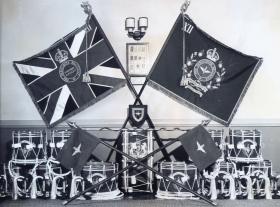
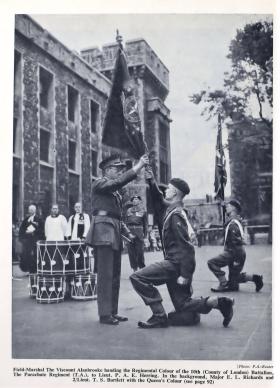
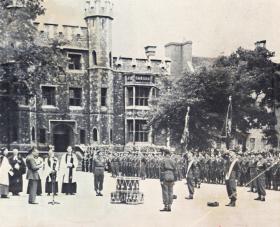
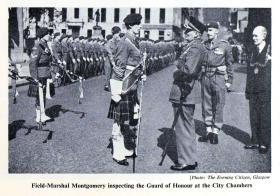
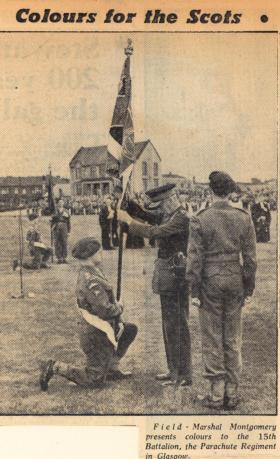
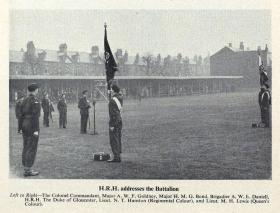
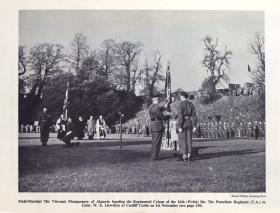
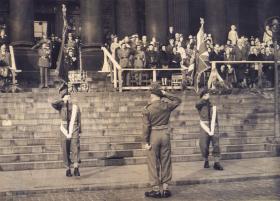
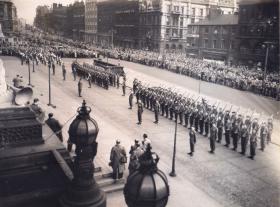
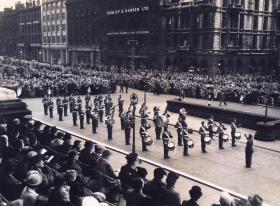
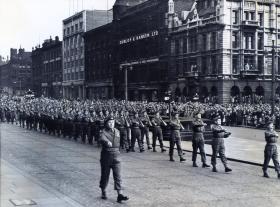
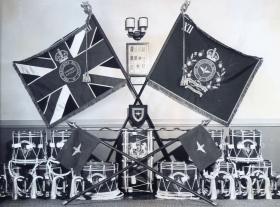
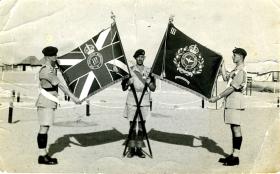
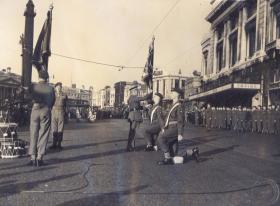
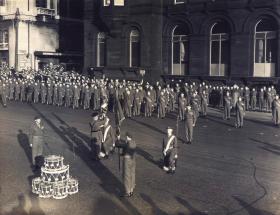
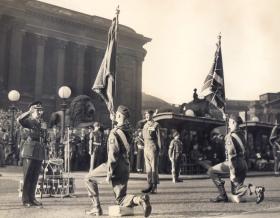
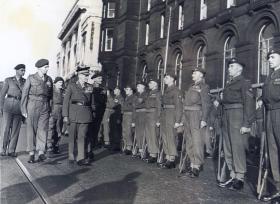
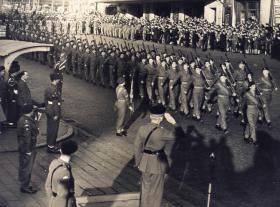
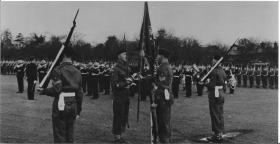
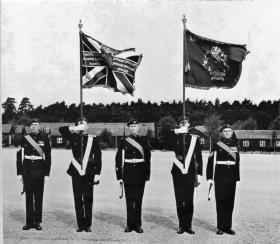
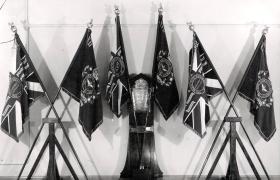
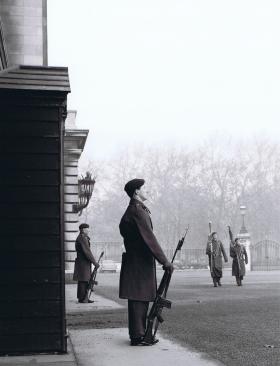
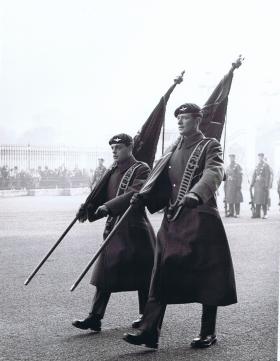
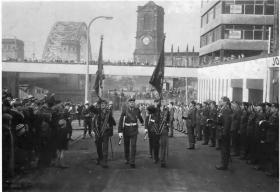
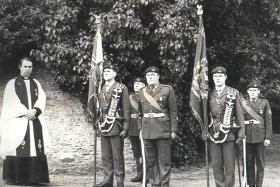
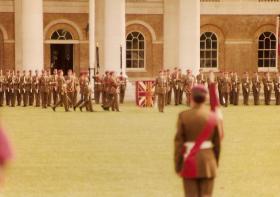
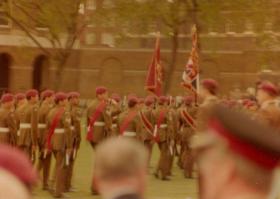
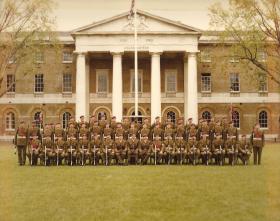
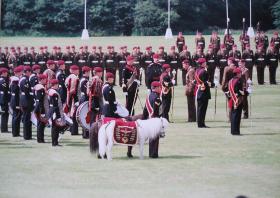
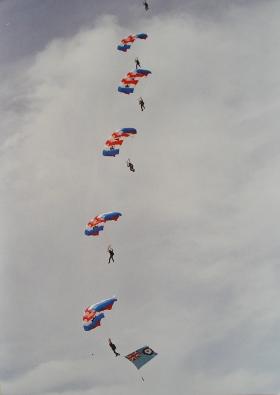
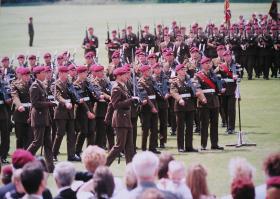
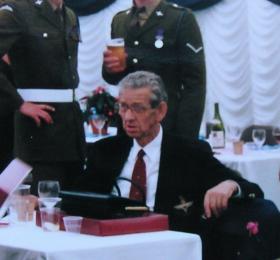
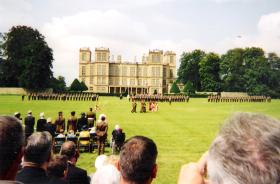
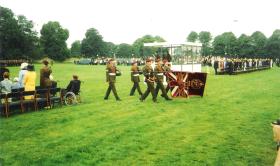
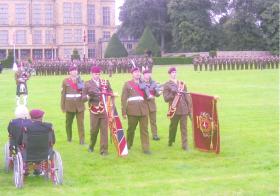

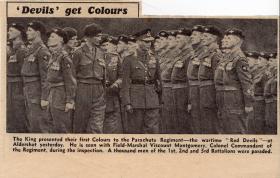
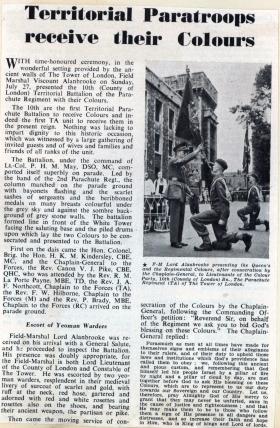
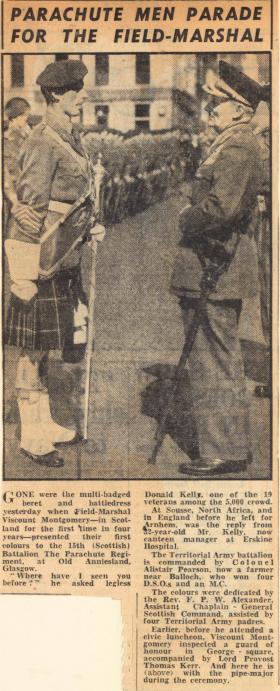
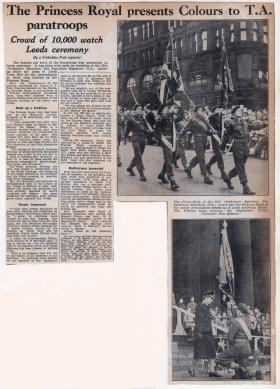
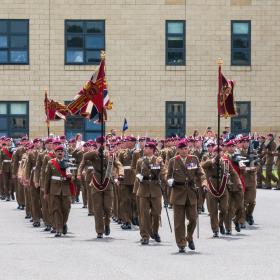
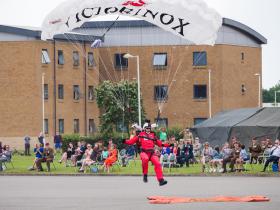
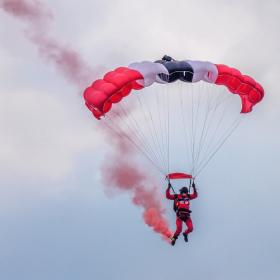
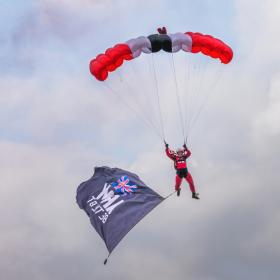
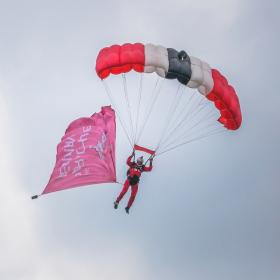
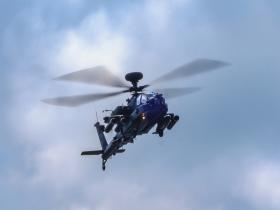
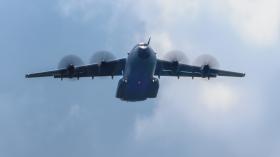
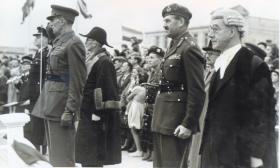
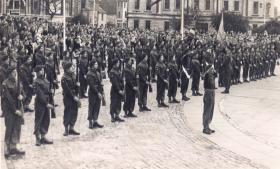
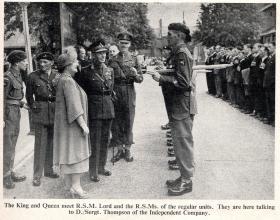
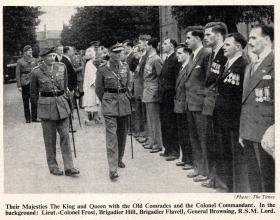
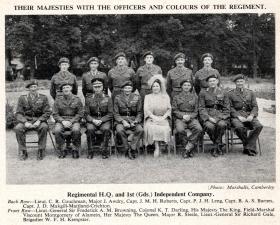
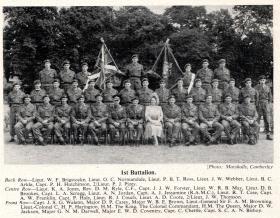
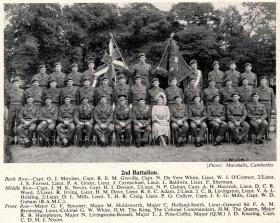
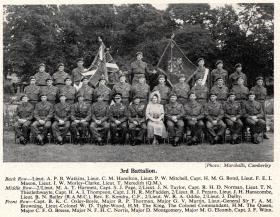
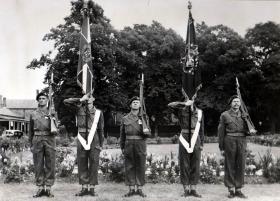
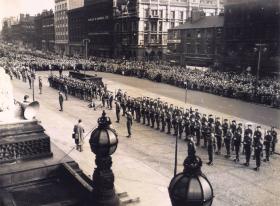
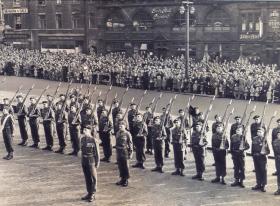
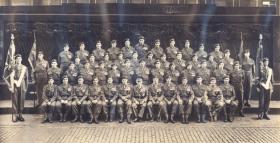
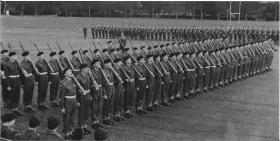
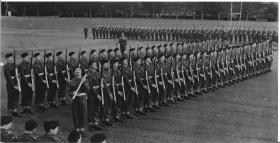
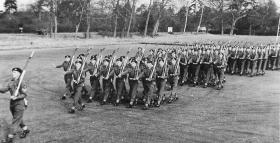
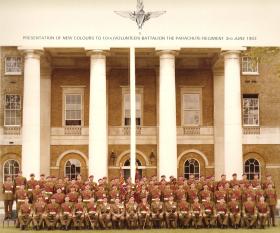
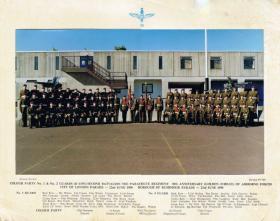
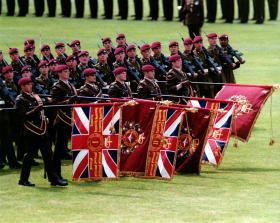
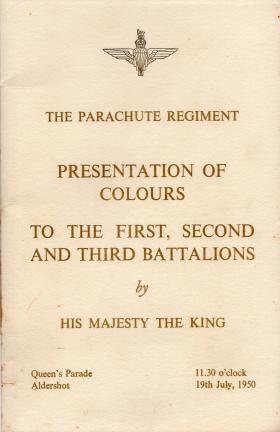
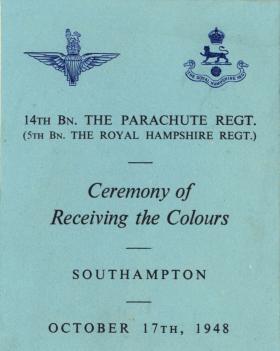
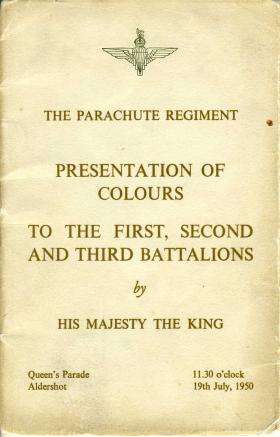
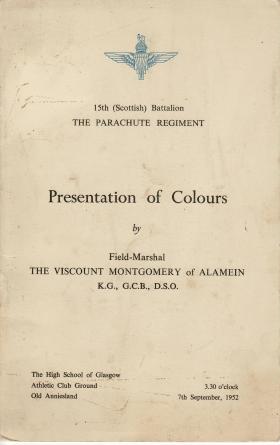
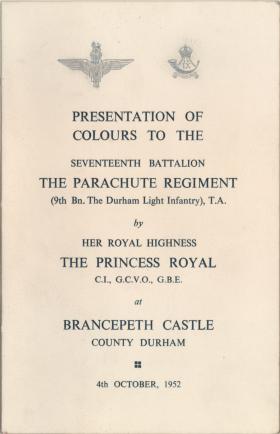
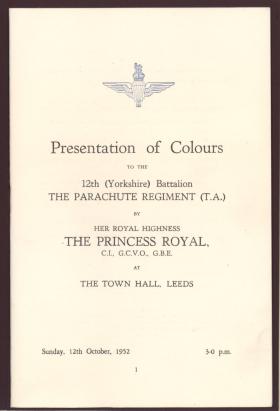
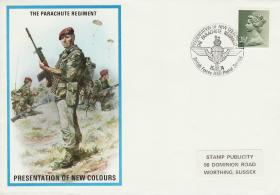
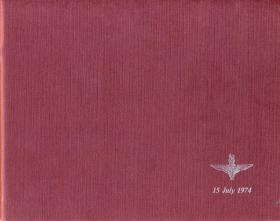
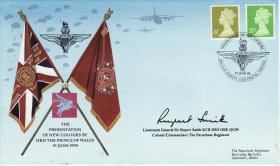
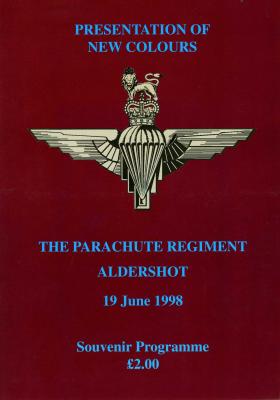
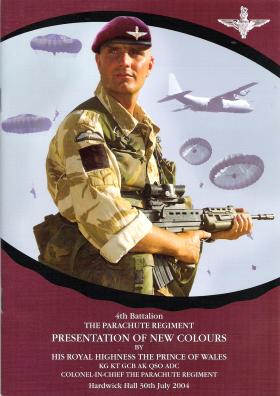
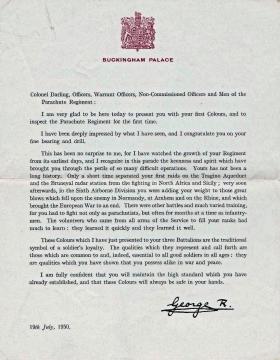
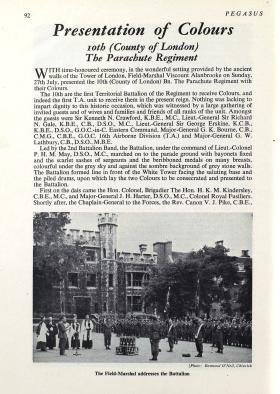
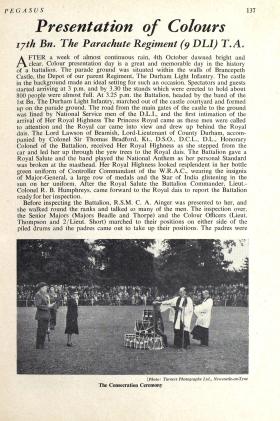
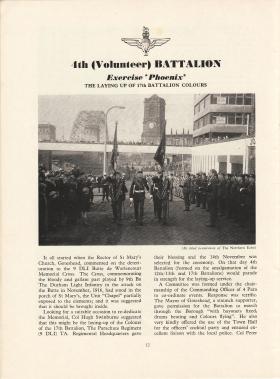
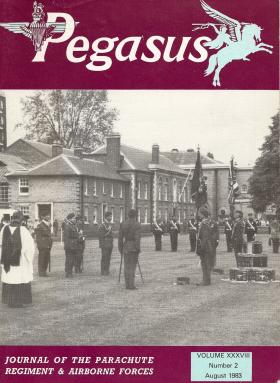
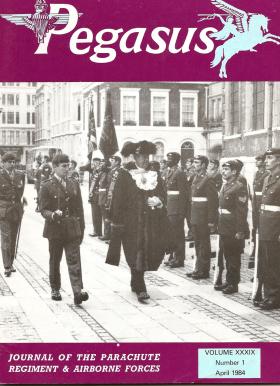
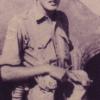



Latest Comments
There are currently no comments for this content.
Add Comment
In order to add comments you must be registered with ParaData.
If you are currently a ParaData member please login.
If you are not currently a ParaData member but wish to get involved please register.